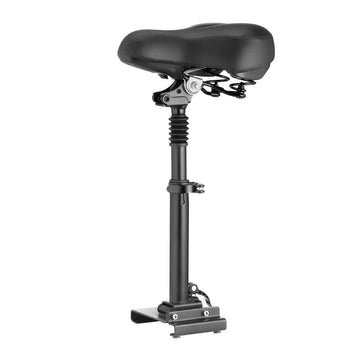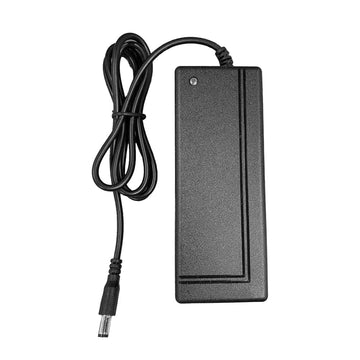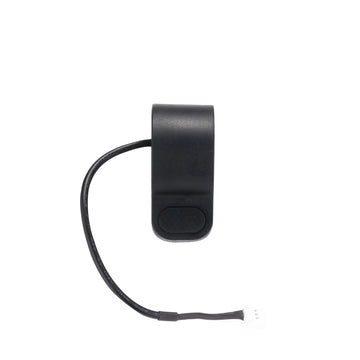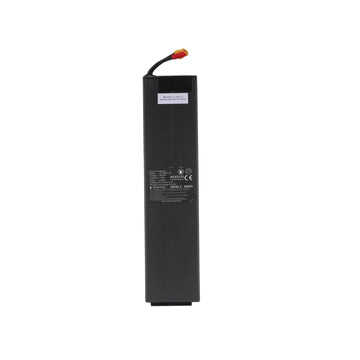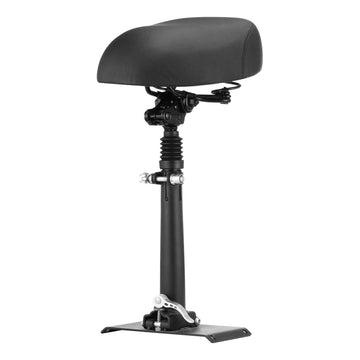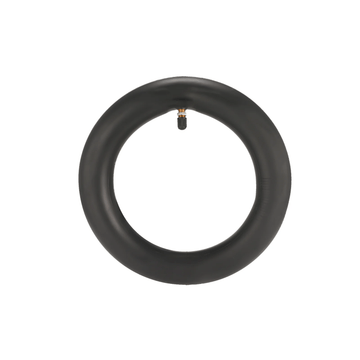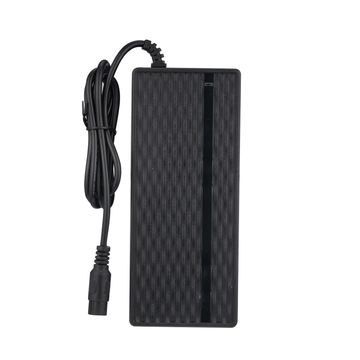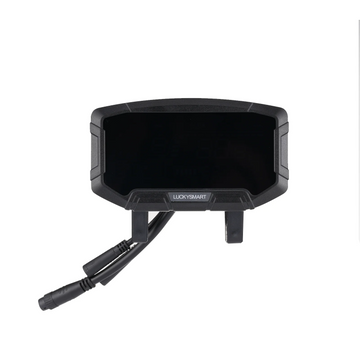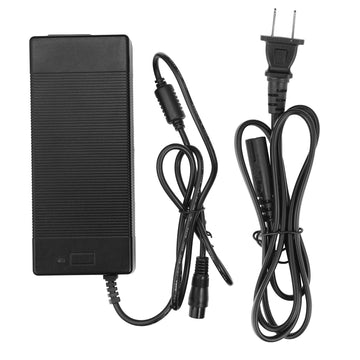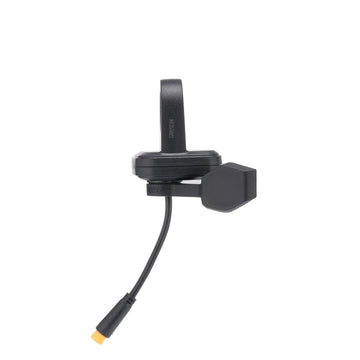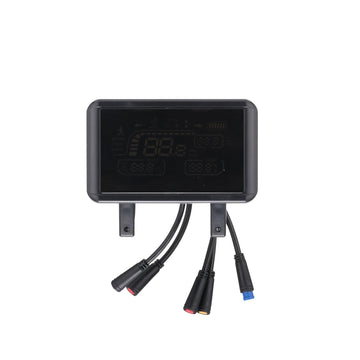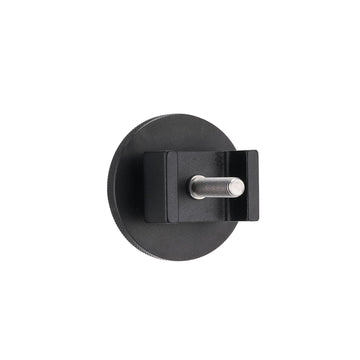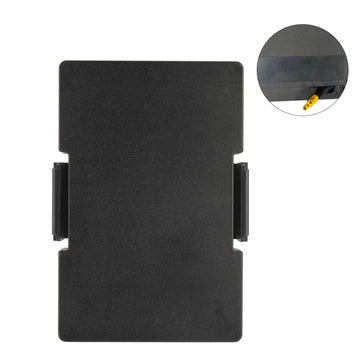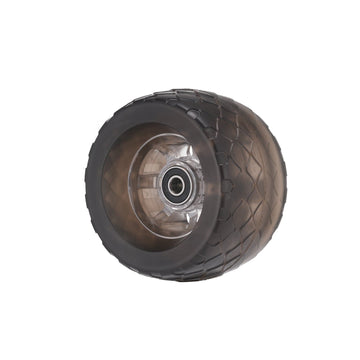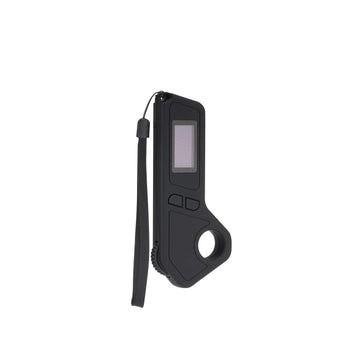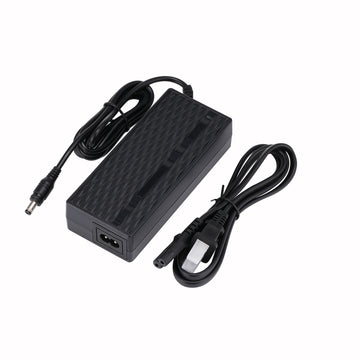
A major purchase such as an electric scooter merits a lot of scrutiny. Most riders consider the things that matter most to their personal taste and style. Some prefer to scour over motors to find a ride with speed, while some research batteries to find the highest driving range. Other riders place features like suspension and brakes at a premium because they want a smooth, safe ride.
But there remains an often overlooked component of an electric scooter that can impact many of the end factors that the rider cares about most: The tires.
Part 1. What Type of Electric Scooter Tires Exist?
Electric scooters utilize three types of tires: Pneumatic tires, solid tires, and honeycomb tires. Each tire creates a distinct style of ride that appeals to different kinds of riders. They all have advantages and disadvantages that make them suitable for specific uses and applications.
Pneumatic Tires (Air-Filled)
When you think about a tire, you most likely picture a pneumatic tire. That’s because pneumatic tires are widely used in cars, bicycles, and other common-wheeled vehicles. Pneumatic tires utilize a valve and stem, which can be used to identify them, that leads into an inner tube that is filled with air. A durable rubber exterior shields the inner tube.
Pros
- Lower Rolling Friction
- Better Ride Cushioning
- Better Traction
- Absorb Shock
Cons
- Susceptible to Flats
- Tire Pressure Maintenance
Solid Tires (Airless)
Solid tires are just that — solid. Rather than an inner tube and a durable rubber exterior, these tires tend to be made out of hard rubber with foam inside. The design renders these tires durable, but also rigid and unyielding.
Pros
- No Flat Tires
- Less Maintenance
Cons
- Heavier
- Harsher Ride
- Tire Shape Can Affect Handling
- Fewer Replacement Options
- Less Traction
Honeycomb
This up-and-coming, cutting-edge design aims to take the best from each of the other two tire options and combine them for a unique performance. Rather than an inner tube or foam filling, honeycomb tires consist of a durable rubber exterior with interior channels carved out of it. The result: A solid rubber tire with no need for air that still maintains the ability to bend and deform owing to the inner channels.
Pros
- Puncture-Proof
- A Smoother Ride Than a Solid Tire
- More Resilient Than a Pneumatic Tire
Cons
- No Adjustment
- More Expensive
- Increased Resistant
Part 2. What Tires do Isinwheel Electric Scooters Use?
Isinwheel S9
The Isinwheel S9 employs 8.5-inch pneumatic tires. As discussed earlier, these tires have their upsides (hence the universal ubiquity), but come with their own drawbacks. The cushion provided by the air-filled inner tube provides shock absorption but leaves these tires susceptible to punctures. If you’re looking for the most comfortable ride, these tires fit the bill. They are also easier to find replacements for, owing to the near-universal nature of this tire type.
Isinwheel S9 Pro and S9 Max
Both the S9 Pro and Max take advantage of the cutting-edge technology of honeycomb tires. These tires offer high performance and durability compared to their pneumatic counterpart while providing additional shock absorption over the solid (airless) tire design.
Part 3. Tire Size and Tread
Just as the internal makeup of a tire can impact feel and performance, the exterior design and material play a key role in user experience. Safety, grip, and comfort are all dictated by the tire size and tread.
Big Tires
Owing to their air-filled inner tube, pneumatic tires tend to run on the bigger side, but that is not always the case. Large tires afford riders a smoother ride, increased handling, improved traction, and an overall safer ride. These tires can roll over obstacles such as rocks more easily as well.
Small Tires
Solid tires and honeycomb tires commonly make up the small tire options. Although these tires provide benefits in terms of durability, the smaller diameter of the tire creates the risk of getting snagged on obstacles such as potholes, which could cause a rider to fall from the scooter in rare cases.
Part 4. The Relationship Between Surface and Tread
The tread of a tire comprises the surface area. This is the portion of the tire that grips onto the surface to create traction that is used to either propel the scooter forward or bring the scooter to a stop. Generally, deeper tread results in increased grip. Tire tread comes in different designs, patterns, depths, and thicknesses to create the ideal level of traction across different surfaces and applications. As a rule of thumb, less tread is better for roads, while more tread is better for off-road purposes.
Part 5. How to Maintain Electric Scooter Tires?
- Monitor air pressure in pneumatic tires
- Monitor tread wear and tear
- Do not wait to address loss in tire pressure or tread depth
- Seek professional help as needed
Conclusion
The basics of electric scooter tires can be broken down into three key categories: Tire type, size, and tread. Pneumatic tires are the tires vehicles use the most due to their shock absorption, ease of repair, and ease of replacement — but they are susceptible to flats. Solid tires can’t go flat but offer a bumpy ride and can be difficult to repair. Honeycomb tires fall somewhere in the middle, pulling aspects of both other tire types to offer crossover appeal. Choose the type that best fits your needs, then consider how tire size and tread can further provide the type of ride you’re looking for.




























